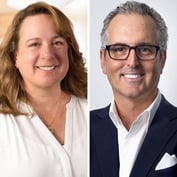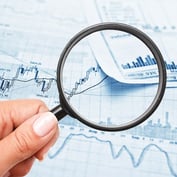TACOMA, Wash. (HedgeWorld.com)–Strong demand for hedge funds from U.S. and international pension funds helped Frank Russell Co.’s Russell Investment Group double its hedge fund assets under management in 2003 to more than US$2 billion.
Dave Tsujimoto, director of alternative investments at Russell, said greater demand among institutional investors–particularly pension funds–for consistent, low-volatility performance has increased assets under management in Russell’s fund of funds program.
It’s also made finding quality managers more difficult, he said.
“Sourcing managers is a big challenge hedge fund investors face today because there’s so much money flowing into the area,” Mr. Tsujimoto said.
That money is coming not just from U.S. plan sponsors but from pension funds in Japan and Europe, as well. According to a 2003 survey of institutional investors conducted jointly by Frank Russell and Goldman Sachs International, London, the number of North American respondents that invested in hedge funds in 2003 increased by 40% over 2002.
In Europe, the number of respondents investing in hedge funds in 2003 more than doubled from 2002, and more than one-quarter of respondents said they intended to launch new hedge fund allocation programs in 2004, according to the survey.








 March 23, 2004 at 07:00 PM
March 23, 2004 at 07:00 PM










